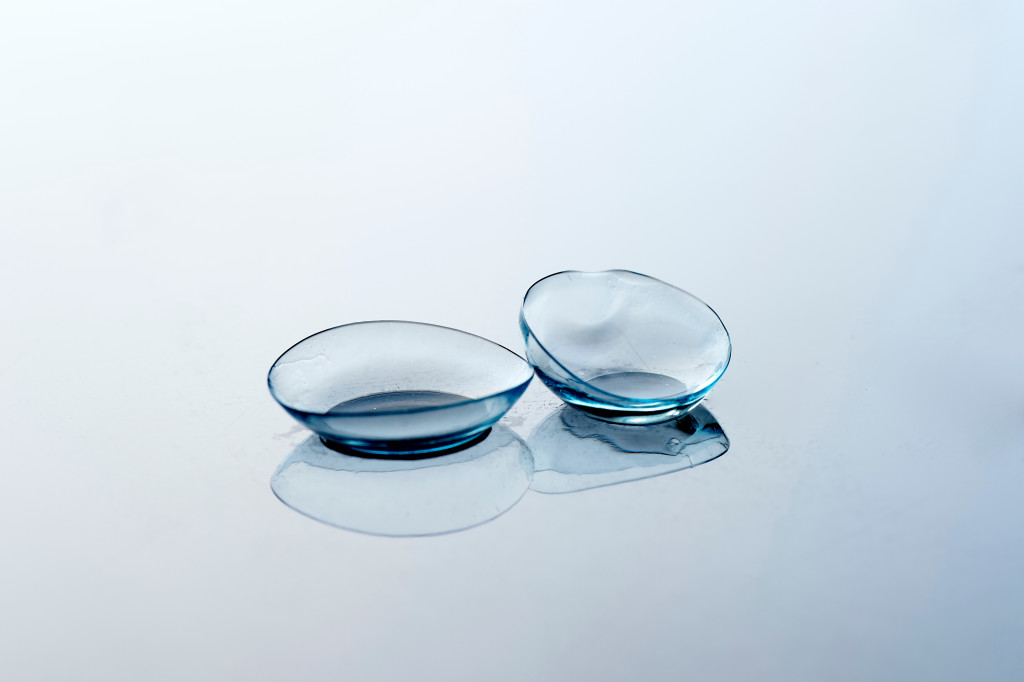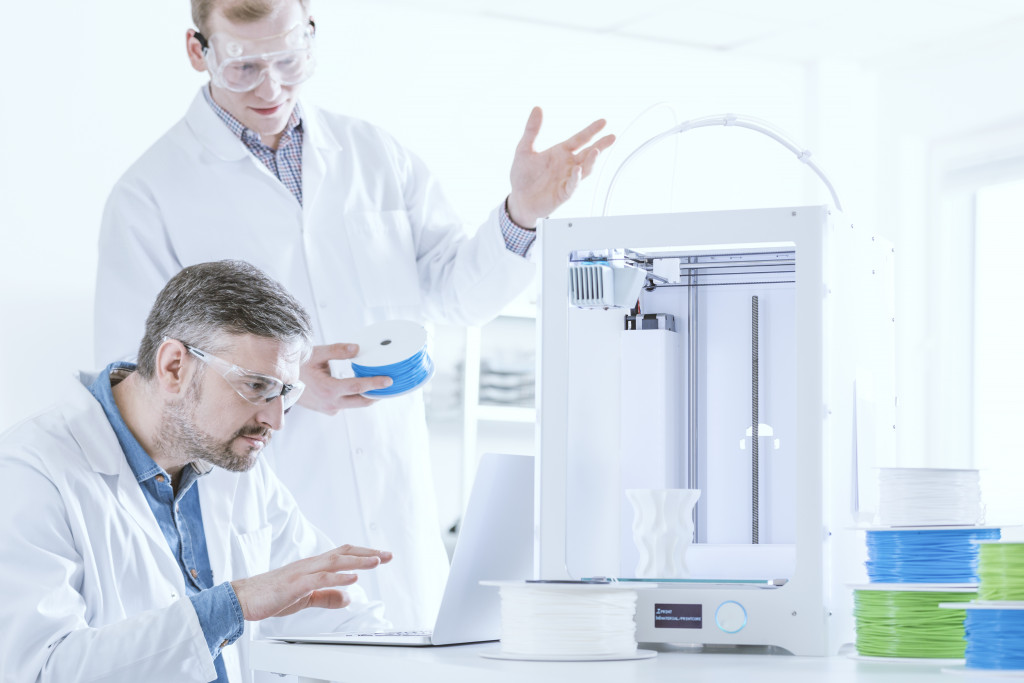Disclaimer: This website provides health information for educational purposes only and is not a substitute for professional medical advice, diagnosis, or treatment. Always seek the guidance of a qualified healthcare provider with any questions you may have.
The medical technology field is fascinating, and it’s only getting more so as time goes on. New products are being developed all the time, and many are groundbreaking. In this blog post, you’ll learn about some interesting medical technology products you may not have known existed.
Smart cuppers
Massage therapies have been around for centuries and are a popular method for relaxation, pain relief, and improving range of motion. However, the traditional methods of massage therapy can be quite time-consuming and expensive. Enter Smart Cuppers.
Smart Cuppers work by creating a vacuum seal on the skin. This vacuum pulls the skin and subcutaneous tissue into the cup, which provides a deep tissue massage. The cups can be placed on any body area but are commonly used on the back, neck, and shoulders. The suction can be adjusted to provide a gentle or firm massage, depending on the client’s preference.
One of the biggest advantages of Smart Cuppers is that they are much faster than traditional massage therapy methods. The cups can be placed on the client’s skin and left to work their magic while the therapist attends to other areas of the body. This not only saves time but also allows the therapist to provide more comprehensive treatment.
Another advantage of Smart Cuppers is that they are more affordable than traditional massage therapy methods. This is because the cups can be reused multiple times, so there is no need to purchase new supplies after each use.
Glucose-monitoring contact lenses
Imagine you’re out at a restaurant with friends, enjoying a nice meal, when suddenly your blood sugar drops, and you feel awful. If only you had some way of checking your blood sugar without having to lug around a pricking device and test strips! Luckily for you, the future is here in the form of glucose-monitoring contact lenses.
These special contact lenses are equipped with tiny sensors that measure the amount of glucose in your tears. The data collected by the sensors is transmitted wirelessly to a mobile app, which then displays your current blood sugar level. This gives you the information you need to make informed decisions about your diet and insulin intake.
The lenses are still in development, but several companies are working on getting them approved for use by diabetics. In clinical trials, the lenses were accurate within plus or minus 15 percent. That may not sound like much, but it’s good, considering that conventional finger-prick tests can be off by as much as 20 percent.

3D-printed organs
Imagine a future in which you could walk into a hospital, get fitted for a new heart, and have that heart 3D-printed and transplanted into your chest within the same day. Sound far-fetched? It’s actually not. With the rapid advances being made in the field of 3D-printed organs, this may be nearer than you think.
3D-printed organs are created using a process known as bioprinting. Bioprinters are similar to traditional 3D printers, but instead of layering plastic or metal to create an object, they use living cells. These cells are placed on a bioink, a hydrogel that acts as a “scaffold” for the cells. Once the cells are in place, they are exposed to light, which causes them to fuse together and form tissue. This tissue can then be used to create organs or other body parts.
3D-printed organs offer several potential advantages over traditional transplants. First, because they are created using the patient’s own cells, there is no risk of rejection. Second, 3D-printed organs can be created on demand, meaning patients wouldn’t have to wait months or even years for a donor organ to become available. Third, because bioprinters can create complex structures like blood vessels, 3D-printed organs are likely to be much more functional than those created with traditional methods.
While the potential benefits of 3D-printed organs are significant, there are still some challenges that need to be overcome before this technology can be widely used in clinical settings. One of the biggest challenges is ensuring that bio-printed tissues are free from defects.
Another challenge is finding ways to scale up production so that bioprinters can churn out multiple organs at a time. Additionally, researchers need to find ways to make bio-printed organs last longer once they’ve been implanted into a patient’s body—right now, most only last for a few hours or days.
The medical technology field is full of fascinating products that are changing how the world thinks about healthcare. Some of these products are still in development, while others are already being used by patients and doctors worldwide. Doesn’t this make you excited to see what new medical technology products will be developed in the future?

